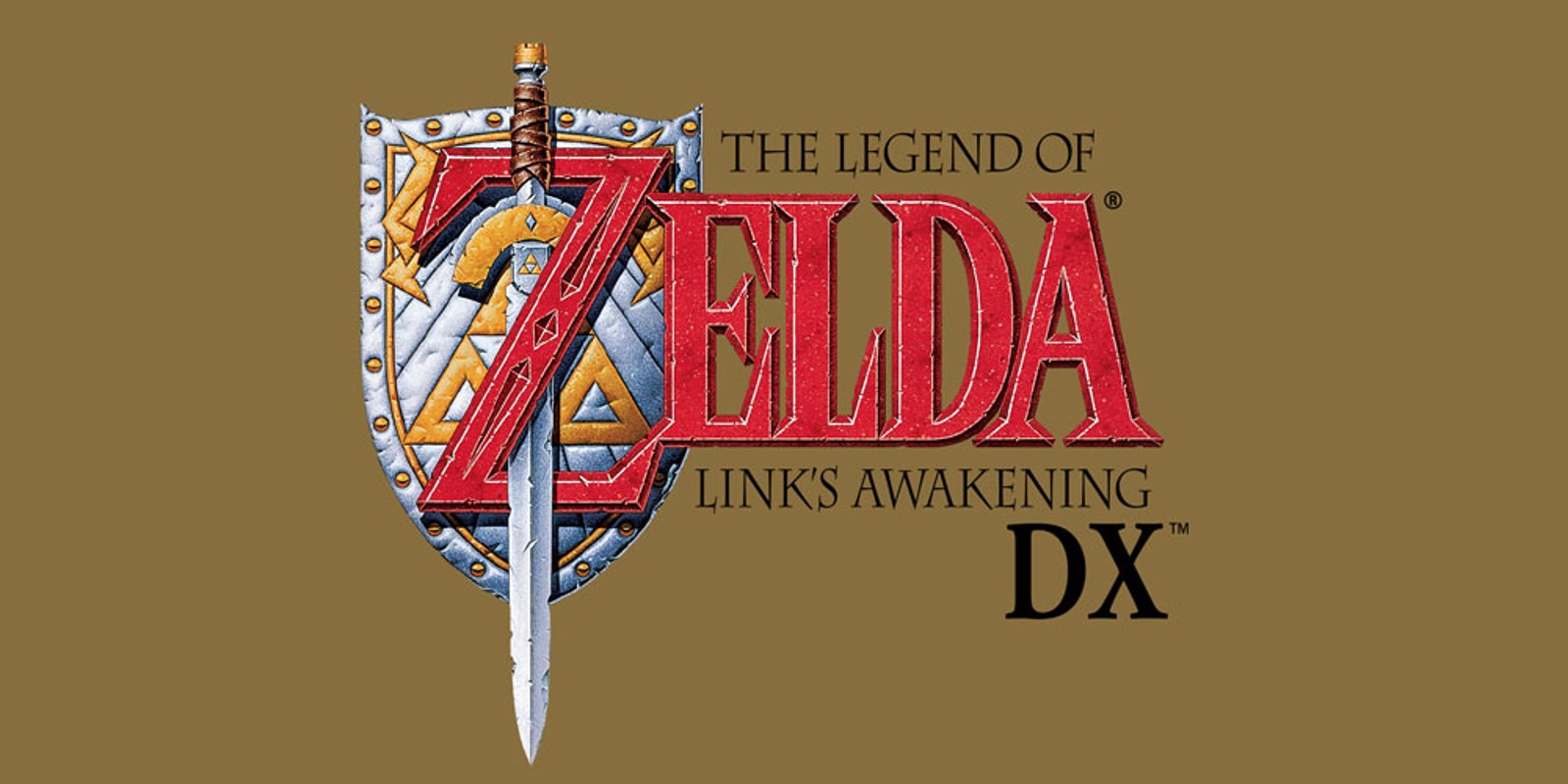
#Game boy rom links awakening code#
A tracing disassemblerĪ partial solution for sorting out code from data is to use a profile-guided disassembler. Many sections were integrated to the projects using this process, but it was tedious and slow.įortunately, some people tried to find solutions to automatically sort out code from data. This is why the integration of the mgbdis-disassembled sections was slow: before generating each section of code, it was manually scanned to guess which sections would actually be data. Shouldn’t we sort out code from data before inserting them into the project at least roughly? And it felt inelegant to just insert these wrong segments of code into the project. The ugly: Code takes a lot more space than data – so these misinterpreted data blocks will be represented as very, very long sequences of meaningless code.Įvery time a new section of code was copied from the mgbdis-generated disassembly, we knew that a large part of this code was probably actually data.The bad: A lot of data will be converted to assembly instructions – which makes no sense, and doesn’t help us to figure out the workings of the game.The good: It’s easy, and allows to quickly generate a disassembly that compiles back a ROM identical to the original, without specific knowledge of the game.

When generating a disassembly, let’s just consider every byte to be a valid code instruction. So when trying to figure out how the game work, there are no separate files in the ROM – and usually no metadata to tell us which parts of the binary are compiled code, 2D-textures, 3D-models, animations, maps, music… All we have is this large binary file, and we must try to sort out code from data.Ī basic solution to this problem is to interpret everything as code. Everything is compiled into a single binary file (usually called a ROM) 1. Most cartridge-based games of the early days don’t have a file system. You see, one of the initial tasks when working on a vintage game disassembly is separating code from data. Then it was just a matter of copying the code into our partial disassembly, section by section – having just to fix up a small number of remaining errors on the way. In the end, it was possible to generate the entire disassembly using mgbdis, while respecting the existing code, symbols and formatting conventions. Add formatting options to mgbdis, so that the output would be formatted roughly like the existing sections.Allow mgbdis to read labels from debug symbols, and use these labels when generating the disassembly.
In the end, the most sensible way to produce a good disassembly was to improve mgbdis itself, so that it would be useful even when working with an existing partial disassembly.
#Game boy rom links awakening how to#
How to make these existing sections match the mgbdis output format? We won’t want to re-generate these sections from scratch: there are already heavily documented, with labels and annotations in comments. The problem is that some sections were already decompiled using the custom disassembler, which uses slightly different conventions. Awesome! We can now apply it to our game, have it entirely disassembled, and commit the result to the project, right? mgbdisĮnter mgbdis: a pretty nice generic disassembler, that guarantees it will always generates valid code that can be compiled back to the original ROM. Which means it was tested first on a few sections of code – hoping that progressive improvements would allow it to generate the entire disassembly.īut instead, this custom disassembler slowly bitrot. So the project started with a custom-made disassembler, written in C.Īs a work-in-progress, support for less common special cases was added progressively to this disassembler. Why wasn’t that done before? After all mgbdis, the most-commonly used disassembler, can generate a valid disassembly of any Game Boy ROM in ten seconds.įirst, at the time this project begun, mgbdis didn’t exist. The project can now be built entirely only from its source code.

The big news of this progress report is that the disassembly is finally standalone: it doesn’t require the original ROM anymore to fill out uncompleted sections. This article is part of an ongoing “ Disassembling Link’s Awakening” series, where I attempt to gain some understanding on how special effects were implemented in this game. Link’s Awakening disassembly progress report – part 7 Link’s Awakening disassembly progress report – part 7 | Kzone Kzone Link’s Awakening disassembly progress report – part 7 –


 0 kommentar(er)
0 kommentar(er)
